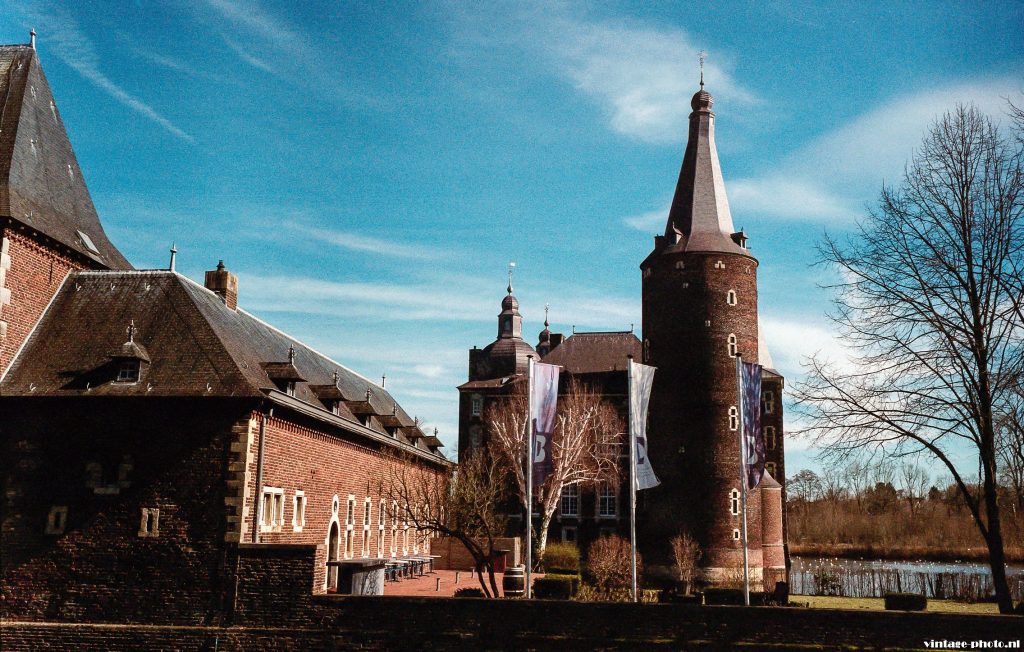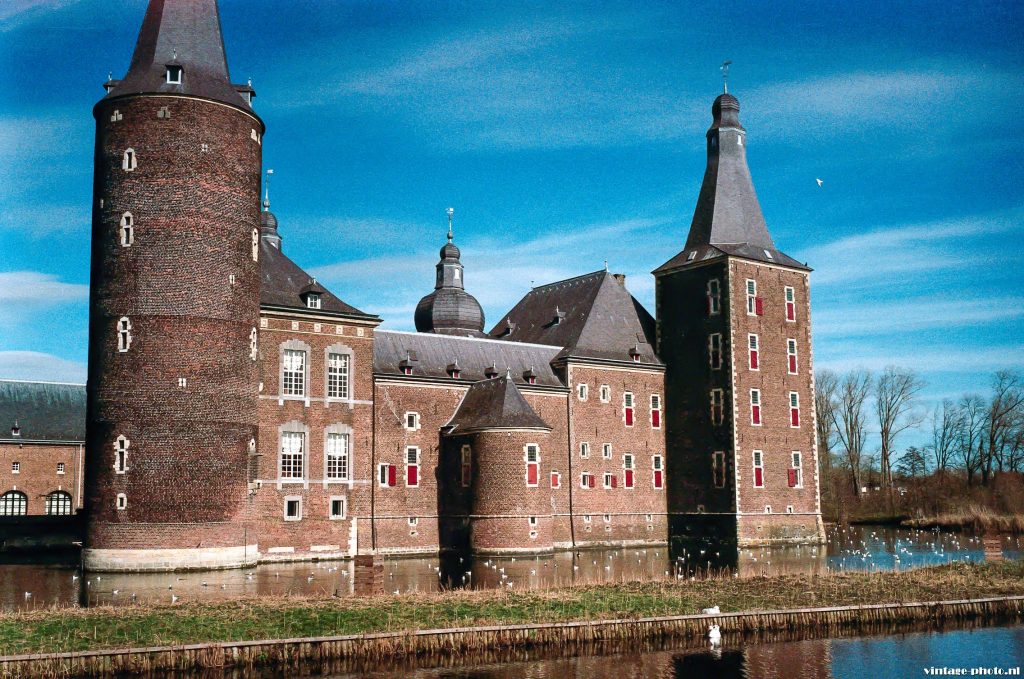No enthusiast camera collector will escape one or more Leicas sooner or later. Once I was a fierce opponent of Leicas, because of the absurd prices and the arrogance that radiated from the brand. But with my first Barnack, a 1934 Leica IIIa, it was love at first sight and it didn’t stop there. In the meantime I own two more cameras which this story is about and show why my Leica heart has grown even bigger.
This is not a technical review of three Leica’s, on the Internet you can find hundreds of (good) ones. It’s much more about understanding the myth or the hype connected to the Leica name and where exactly it can be found in a Leica, whether it’s the Leica IIIa, the M6 or the digital X1 described here.
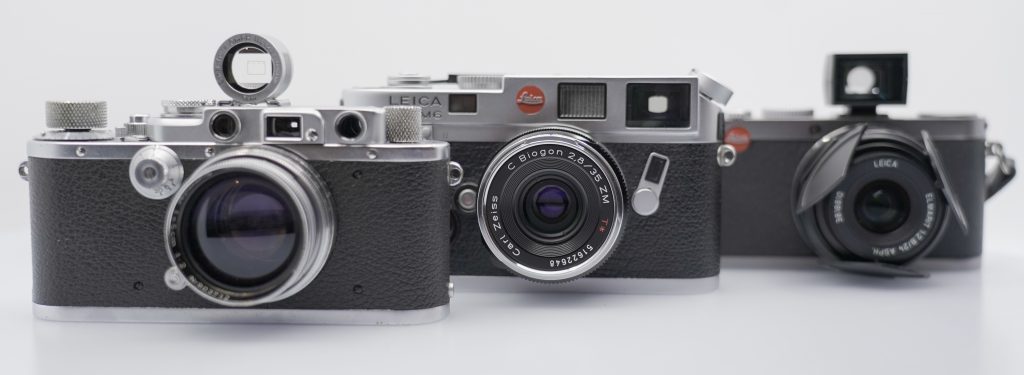
I have already written an extensive review about the Leica IIIa on this site. The little Barnack from 1934 is still one of my absolute favourite cameras. After the CLA I shot quite a few rolls with it and it is remarkable how good the quality is for such an old camera. The beautiful Summitar F2 lens of course contributes significantly to this. The photos are extremely sharp, but at the same time retain their ‘Leica’ characteristics, such as subtle pastel accents in colour films or soft, highly detailed contrasts in black and white. But apart from the technical ‘tours de force’ of such an old camera, it is mainly the pleasure of working with it. Over and over again you think about what the lens of this camera has seen through the eighty years. Who has not already taken a picture with it. At what time, a Christmas dinner before WWII, the horrors of the war, the reconstruction afterwards, the colourful hippie times and was it only in the closet during the arrival of the Japanese SLR? And now it shines again. In my hands as I trim the 135 film before it is inserted through the bottom. The simple rotary knob for winding the film, pulling up the shutter button to assign the time to the exact spring. Not a light meter, but a good guess with sunny sixteen calculation out of your head. No AF, but manual focusing through the unique rangefinder finder. And then as a climax, the unique sound of the shutter, where springs and gears in the indestructible iron house do their work. With the precision of a timepiece.
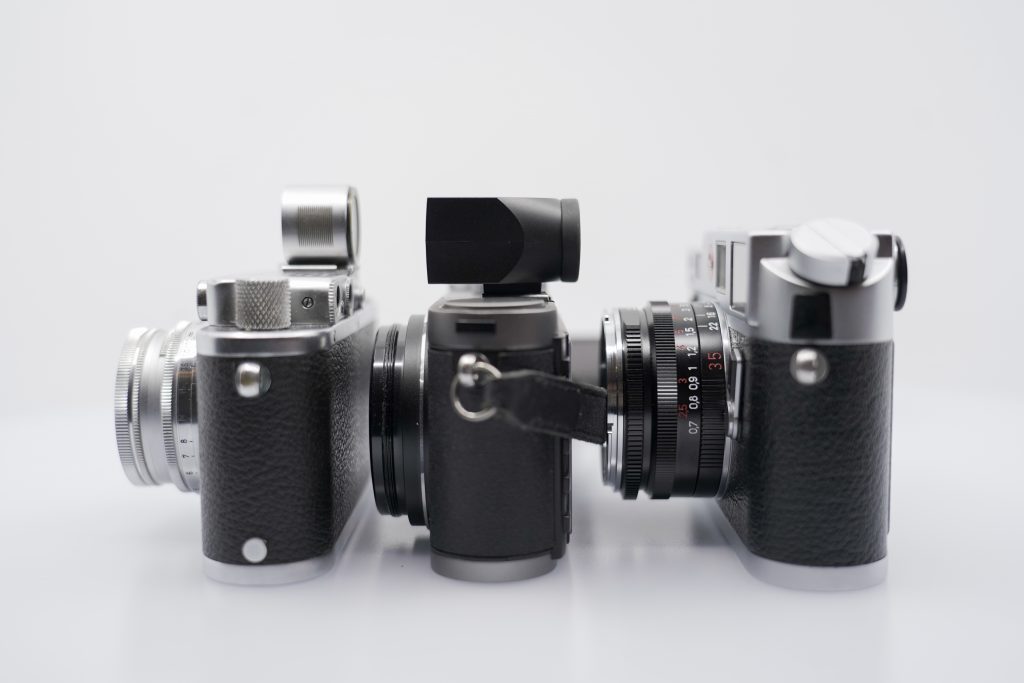
A few months ago I bought the Leica X1. On a whim. I did not always want to take my Iphone – which serves as a navigation system – out of its holder during bike rides. I was looking for something ‘light’ , a small digital camera to hang under my jacket. So how do you end up with a Leica? In the first place because the X1 has a large APS-C sensor and not such a small ‘compact camera’ sensor. Secondly, because Leica is minimalist; buttons only exist for the most essential functions. Simple menus so you only have to concentrate on taking the picture. The X1 is a lightweight from 2010. Really expensive at the time, especially compared to the upcoming competition from Sony and Fuji. But again, as soon as you take the X1 out of the box and hold it in your hands, you are overwhelmed with the Leica feeling. A beautiful design, a good grip and above all, the resemblance to my old Barnack. After eighty years you can see through the classic design and that feels familiar. In fact, you feel the presence of quality, you sense quality and nothing could be further from the truth. Even by modern standards, the 12 MP camera delivers (crispy) sharp photos from edge to edge. Not of a clinical sharpness, but a balanced photo that immediately evokes a ‘Wow’ reaction, considering its limitations of today’s 24MP+ cameras. The jpegs sometimes come out a bit oversaturated, but the simultaneously delivered DNG or RAW files can be easy edited in Lightroom. What contributes to the wow effect is the excellent Leica Elmarit 1:2,8/24 Asph lens (36mm in crop). And you won’t find it anywhere else. That is exactly what makes this Leica, complete with the Barnack housing, a typical high quality Leica, but digital. The cameras are limited available on Ebay, but you will also find the successors, such as the X2, not nearly as expensive as when they were introduced. I can only highly recommend these cameras as a second or travel cameras.
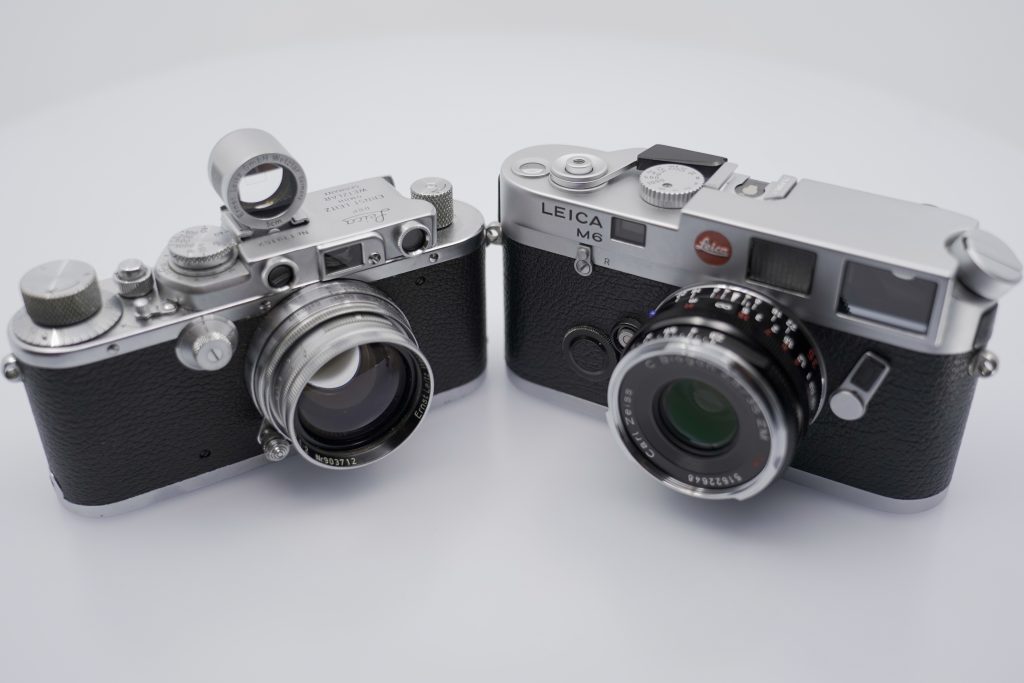
A week ago I treated myself to the camera that is at the top of my bucket list, the unparalleled Leica m6. Wherever you read about the M6, it has been known for decades as the best 35mm camera ever made. Even though competition between the Leicas is fierce, so is the M3 even popular and due to its older age, more entitled to the claim for best 35mm camera. You don’t buy the M6 just like that, if only because of the very high prices. You don’t buy an M6, you invest in it. And it is a good investment, because prices will continue to rise in the coming years, especially if the supply decreases. You don’t sell an M6 easily anymore either, it’s a relationship for life. After the commercially “failed” M5, the M6 is the first Leica with a built-in light meter. All previous cameras did not have that. It makes the famous M series complete. A series that is known as the most robust, pleasant, simple and at the same time ingenious, completely mechanical 35mm cameras. The M6 works entirely manually and is entirely mechanical (except for a battery purely for the light meter). This means that the camera works under all circumstances. Just think about when your digital camera’s battery is depleted.
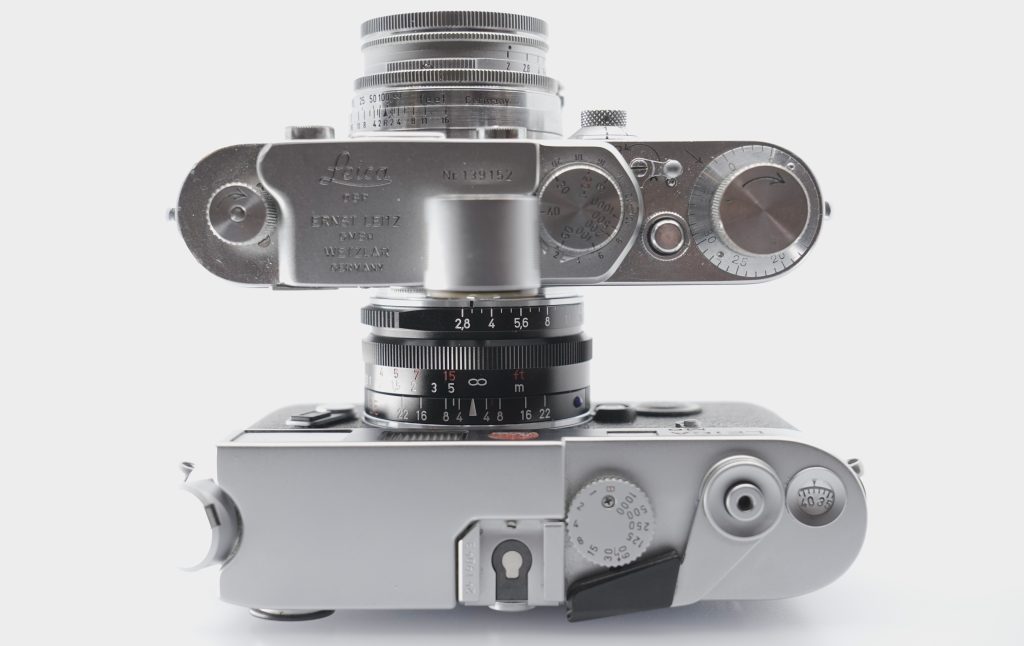
I am not going to comment on the specs here either; a separate review will follow later. What stands out here is the pleasure you experience from the moment you insert the role, spin the roll through, adjust the focus through the rangefinder and finally experience that soft, mechanic shutter sound. Butter-soft. Rangefinding is very different from focusing through the lens with an SLR. The viewfinder allows you to always watch the context of your photo (frame) and you better able to anticipate your composition. Focusing is faster and more pleasant. Here, too, the most important aspect of the quality of your Leica is determined by the lens. Leica almost exclusively offers top quality, but sometimes priceless top quality. Fortunately, the competition is not sitting still and both Voigtlander and Zeiss started the advance in time to produce more affordable and sometimes even better lenses for the M-series than Leica. My Zeiss Biogon T* 35 mm F2.8 is an example of this. Half cheaper and even better than the comparable Leica version. In addition, the 35 mm lens is the best friend of any Leica. It is the most pleasant focal distance. I cannot wait to shoot the first rolls. A Leica inspires and motivates me to work with film again. A Leica rewards photography. It is more than a feeling.


